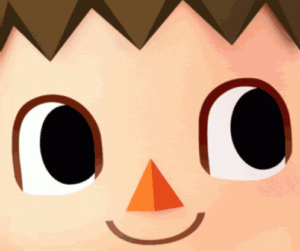Concept –
I recently watched a documentary called Trainwreck: Woodstock ‘99 on Netflix about how the 1999 Woodstock recreation completely backfired in comparison to the iconic 1969 concert, and I heard a song from the documentary called Woodstock by the band Matthews’ Southern Comfort. This inspired me to create some randomly generated ‘peace & love’ themed artworks using object-oriented programming.
I created 3 pieces. 2 that randomly generate images and shapes every time you click the play button, and 1 that constantly adds images on a loop without stopping.
Code highlight –
function setup() {
createCanvas(400, 400);
background(255);
for (let i = 0; i < 1000; i = i + 1) {
// designates spots for random circles and images being generated (repetition); i is 0, it has to be less than 1000, it will move by 1 coordinate each time a shape is generated
image(green2, random(width), random(height), 50, 50);
image(blue1, random(width), random(height), 50, 50);
image(smile, random(width), random(height), 50, 50);
image(pink2, random(width), random(height), 50, 50);
}
}
Embedded sketches–
Randomly generated artworks:
(every time you click the play button it will randomly generate a new piece)
(this one is my favorite)
I managed to maintain warmer hues for this artwork because I inputed the ‘i’ value into the fill for the ellipses.
Loop artwork:
Reflection and improvements –
- I struggled mostly with the loop artwork, because every time an image was plotted, it was placed within a designated proximity of another image, and I couldn’t figure out how to change that to be more random. I even inputted the push and pop feature I learned from The Coding Train but that didn’t seem to change anything.
- Trying to slow down the speed in which the images appeared in the loop artwork.
- I feel that I need to figure out how to make more advanced pieces, but I don’t have enough knowledge to be able to execute what I imagine.
- I’d also like to make something beyond randomization.
- All the pieces I’ve made so far feel very 2D, I’d love to learn more about how to make my work feel more 3-dimensional.
- Although The Coding Train videos do help, I feel that I need way more time and practice to learn how to code proficiently— or at least to the level of my peers. I don’t fully understand coding language yet— and trust me, I’M TRYING!


